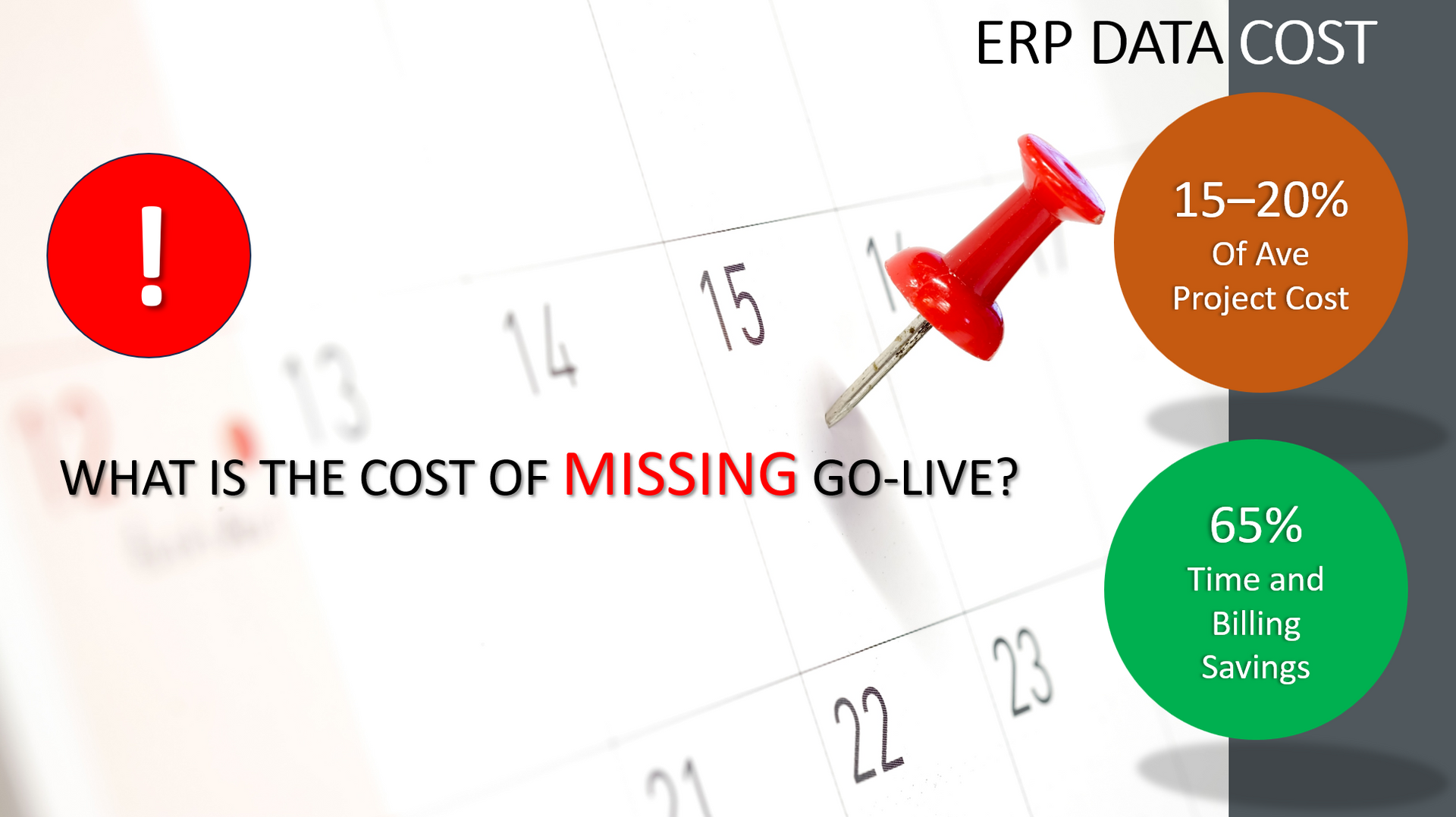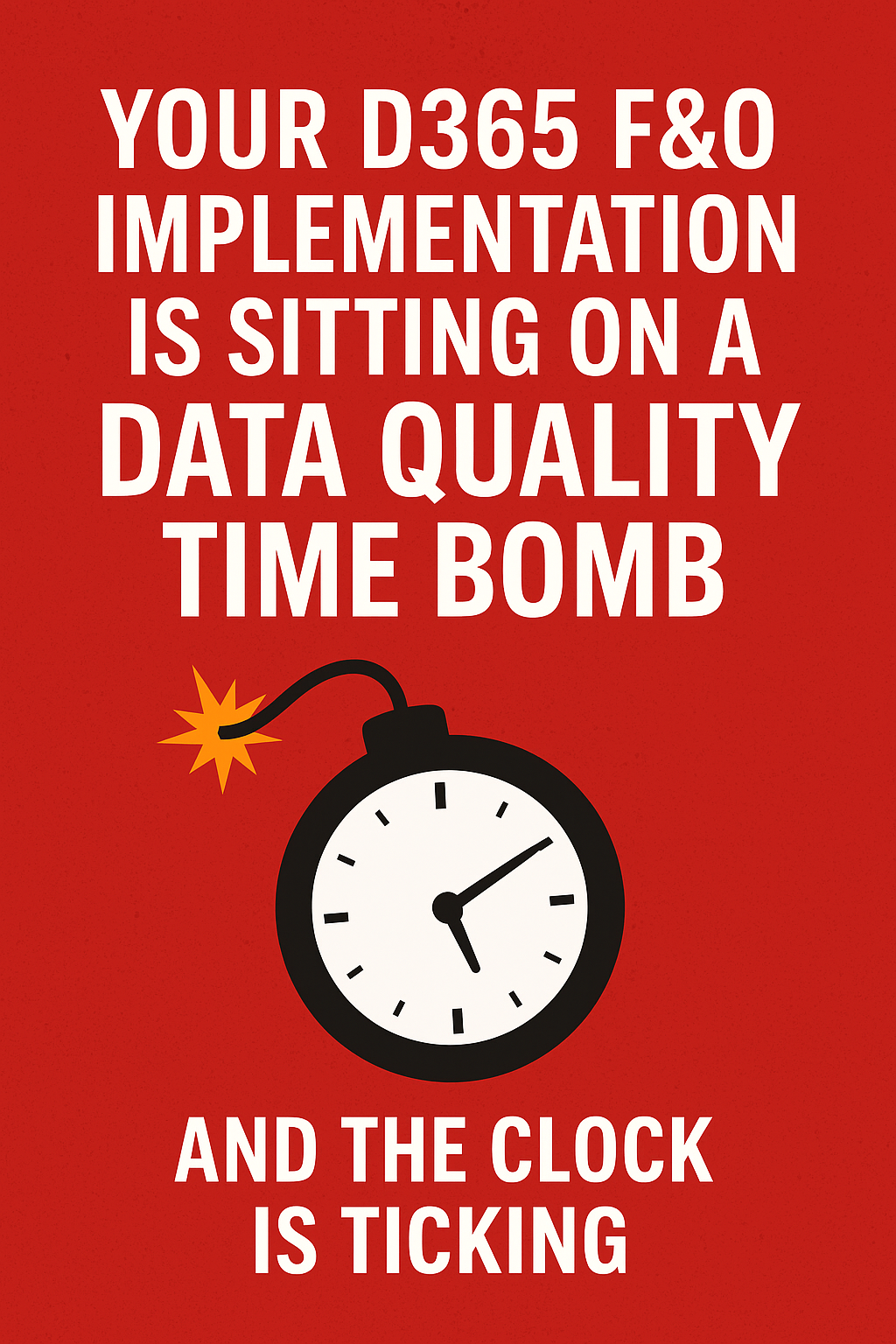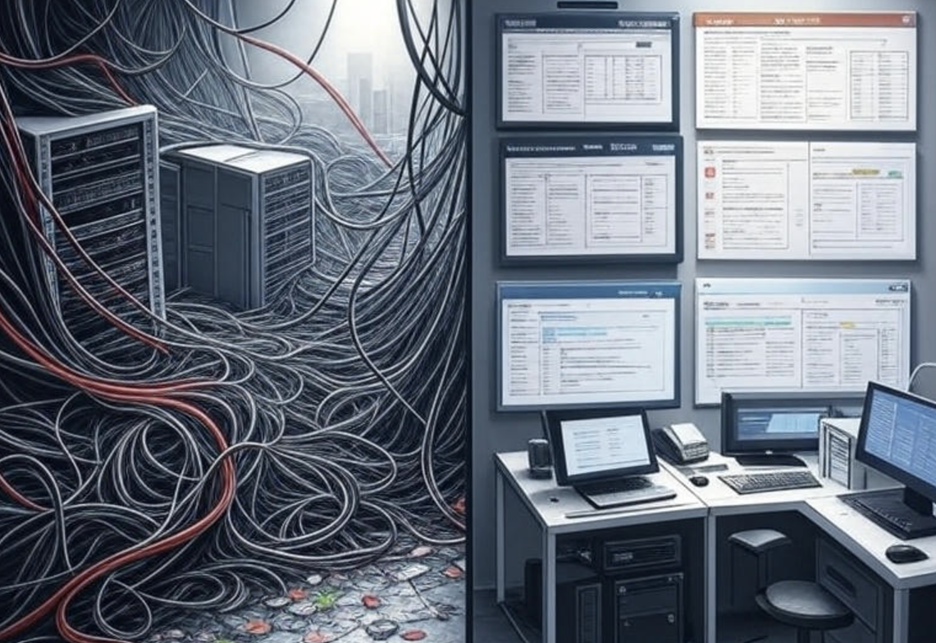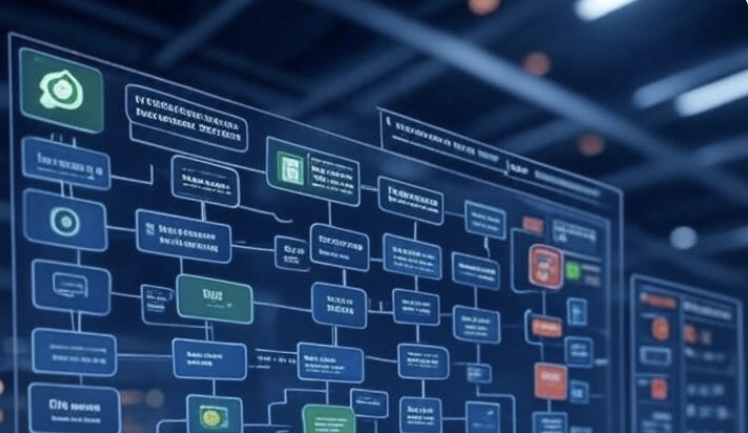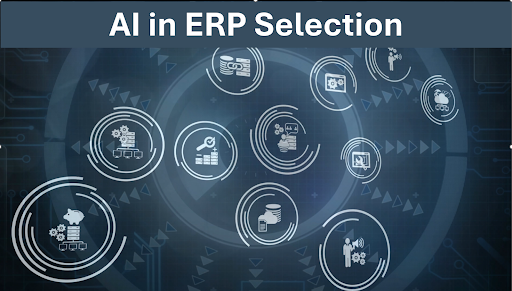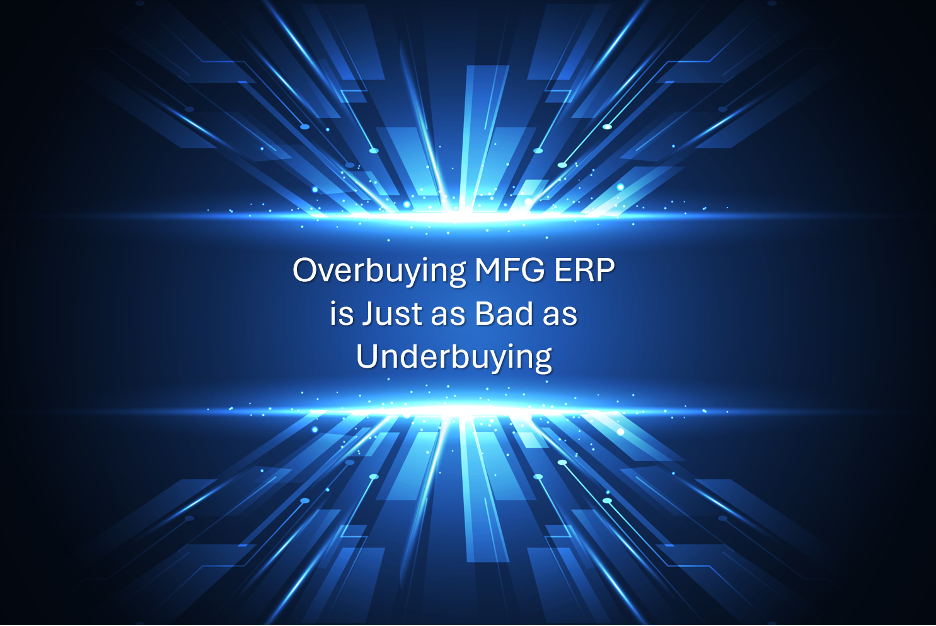Making Money with RPA for SMBs
What if you could MAKE money with your ERP and RPA projects?


First, let’s agree that faster and more accurate quoting will make additional money for most distribution or manufacturing companies.
Let’s take the standard quoting or estimating process and break it into parts to analyze how RPA can make us money:
1) Inventory Cost - Are we always sourcing components from the best vendor? The cost is a combination of dollars and availability when we need inventory. Instead of making multiple phone calls to check on the most current pricing and availability, let’s have an automated “bot” scouring the internet for the latest best prices and availability of critical inventory.
2) Pricing - Are you about to lose an order because your competition is running a sale or has readily available inventory for an item you have to backorder? Similarly, automated “bots” can monitor price and availability status on competitive websites.
3) Quoting - What if we automated the quoting process by grabbing an initial “request for quote” from multiple sources (email, pdf, spreadsheet, or even a handwritten note) and kicking off a series of automation to do the following:
- Checks current inventory availability
- Check competitive pricing for comparison
- Run capable to promise or available to promise logic
- Create purchase order requisitions based on pricing and availability
- Kick-off production and purchase orders as needed
- Rinse and repeat
The
HandsFree Hyperautomation Platform is leading the way in Leveling the Playing Field for SMB companies by providing tactical and value-based RPA (Robotic Process Automation) in a customized, affordable platform.
HandsFree ERP is dedicated to supporting clients with their ERP initiatives, enabling companies to seamlessly connect users with their ERP partners. By utilizing skilled professionals, streamlined processes, and cutting-edge tools, HandsFree ERP significantly boosts the success rates of ERP projects.



